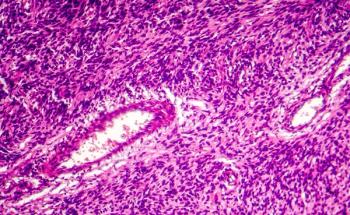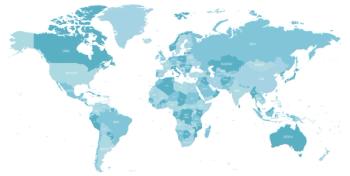
Dr Lena Winestone Highlights Impact Neighborhood Has on Outcomes in Pediatric Cancer
Since there are aspects of care in clinical trials that might not be mandated, research is being done to see whether there are socioeconomic disparities for things like supportive care for children with cancer, said Lena Winestone, MD, assistant professor of pediatrics at the University of California, San Francisco.
Since there are aspects of care in clinical trials that might not be mandated, research is being done to see whether there are socioeconomic disparities for things like supportive care for children with cancer, said Lena Winestone, MD, assistant professor of pediatrics at the University of California, San Francisco.
Transcript
What impact does neighborhood have on treatment in children with cancer?
So, this study [presented at the 61st American Society of Hematology Annual Meeting & Exposition] used Children’s Oncology Group data or data that is in the context of a clinical trial, meaning that any patient who we included, was enrolled on a clinical trial. So, every patient received relatively uniform chemotherapy administration—there were some randomization to experimental therapies, but again, that was randomized so that whether you were from a low-income area or a high-income area, you should have received the same treatment.
That being said, there's a large component of the care that's not mandated. So, beyond chemotherapy, the biggest improvements we've seen in pediatric AML [acute myeloid leukemia] have actually been due to supportive care measures, things like antibiotics. management of the sort of toxicities related to chemotherapy—things like your heart can be damaged by the chemotherapy. And so those pieces of the management are generally not mandated.
There's often guidelines within the clinical trial, but those could vary across populations. And when we looked at that, at least by race, we don't see major differences, but we haven't looked at it explicitly in the setting of socioeconomic status. And so that is a future direction. We're integrating the clinical trial data with what we call resource utilization data or data from an administrative data set called the PHIS, or the Pediatric Health Information System. And that contains information about daily level drugs that are received, for example, and will help us to figure out if there are differences in the supportive care since we know that, in general, the mandated chemotherapy was relatively similar.
With some patients having trouble accessing supportive care, does that mean we will see disparities grow as these patients survive and face long-term impacts from their care?
So, when we look at late effects, we do see disparities there as well—both in the setting of racial and ethnic disparities and disparities by socioeconomic status. We do have an ongoing study using CCSS data, which is the Childhood Cancer Survivorship Study, to look explicitly at how both individual level socioeconomic status—because they've collected information about, for example, your individual income or your individual education—as well as neighborhood level variables impact these late effects that can be complications of how you were cared for even years before, but also are linked to things like your follow up care, if you're adhering to recommendations related to nutrition and to exercise, and those kinds of things. And so, we are looking into that piece of it as well, but at this point, don't really have that information.
Newsletter
Stay ahead of policy, cost, and value—subscribe to AJMC for expert insights at the intersection of clinical care and health economics.














































